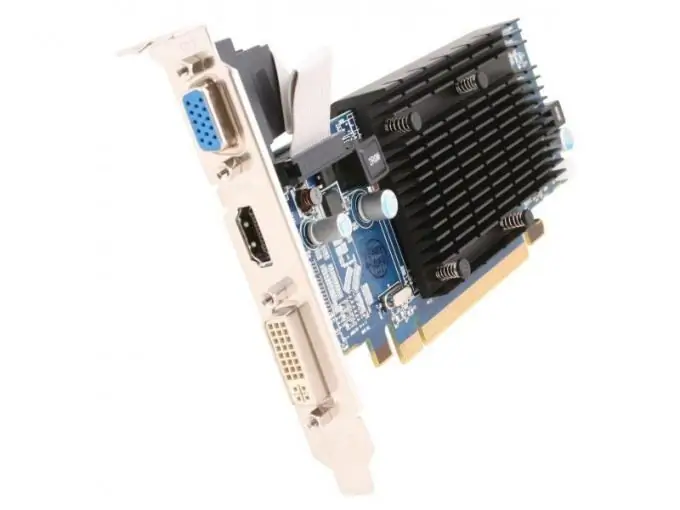One of the main components of a computer is the video card. Of course, it does not determine the power of the entire system, but it depends on the board whether the user can play video games or watch HD-quality movies. One of the common performance criteria for graphics adapters is the amount of memory. In some cases, this figure can be increased.

Instructions
Step 1
There are discrete video cards, the memory size of which cannot be expanded, and integrated ones, which provide this opportunity.
Step 2
An integrated video card does not have its own memory, but uses the computer's RAM. Therefore, before expanding the memory of such a video card, you should make sure that the computer has enough RAM. Otherwise, there is no point in increasing it, since the overall performance of the PC will practically not increase. It is desirable that you have at least two gigabytes of RAM installed on your system.
Step 3
You can expand the amount of memory using the BIOS menu. To open the BIOS immediately after turning on the computer, press DEL on the initial screen. Sometimes there are other alternatives to this key. For more information on which key you need to use to enter the BIOS, you can read the instructions for your motherboard.
Step 4
Depending on the motherboard model, the video memory setting option may be located in different sections of the BIOS. It can mainly be found in the Integrated Devices section. You should find a line called Video Ram or VRAM. Use the keys to select this line and press Enter.
Step 5
A list of valid memory values that you can select for your graphics card will appear. Here you need to navigate based on the amount of RAM. If the situation allows, you can choose the maximum possible value.
Step 6
After increasing the video memory, exit the BIOS, be sure to first save the settings. The computer will then restart. After starting the PC, the amount of video card memory will expand.






